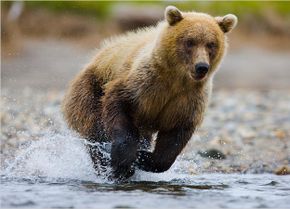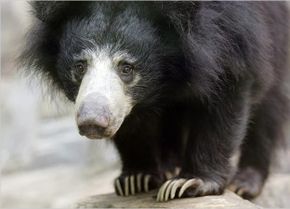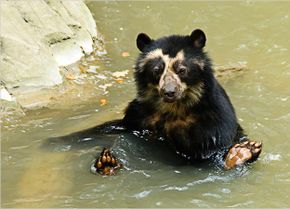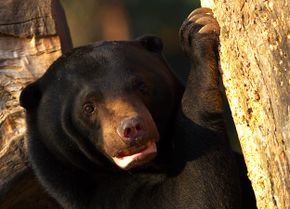What's in a Name? Brown bears are often referred to as the bear with too many names; the brown bear, the grizzly and the Kodiak bear are all part of the brown bear species. Those living in mountains and inland are called grizzly bears; the bears found in coastal areas are brown bears; and Kodiak brown bears make their home on Alaska's Kodiak Island.
They're Everywhere: Brown bears are found living in forests and mountains in the northern part of North America, Europe and Asia. Because their home range (territory) can cover up to 1,000 square miles, the brown bears resides in the largest land areas of any of the bear species. These big bears weigh an average of 550 pounds (249 kilograms) and stand between 5 and 8 feet (1.5 and 2.4 meters) tall; the brown bears that live in coastal Alaska can easily weigh more than 1,000 pounds (453 kilograms).
Advertisement
Sleeping Beauty: Before the weather turns cold, the omnivorous brown bear will get ready for the winter by eating as much as 90 pounds (40 kilograms) of food each day in the late summer and fall. When winter rolls around, the brown bear sleeps through most of the season in cave dens or holes in the ground, waking up every so often only for warm weather. When spring arrives again, he's lost a significant amount of weight over the hibernation months.




